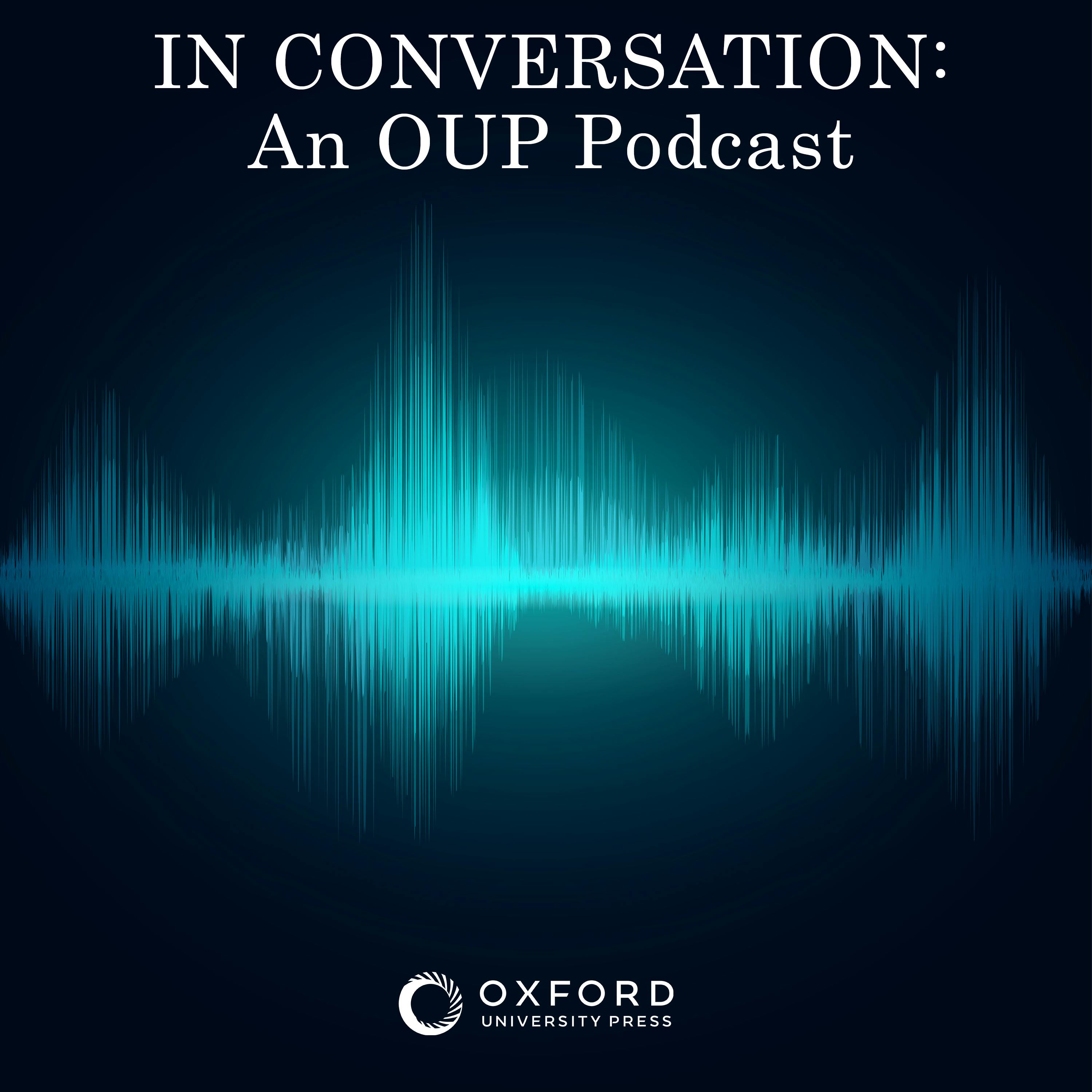
Simon Morrison, “The People’s Artist: Prokofiev’s Soviet Years” (Oxford UP, 2009)

In Conversation: An OUP Podcast
Shownotes Transcript
In the Soviet Union, artists lived lives that were at once charmed and cursed. Though relatively poor, the USSR poured resources into the arts. The Party created a large, well-funded cultural elite of which only two things were expected. First, that they practice their art. Second–and here’s the rub–that they tow the Party’s ideological line. Art under Communism was intended to enlighten the working class. In practice, that meant hewing to hackneyed tropes (“Socialist Realism”). Worse still, the Party could and did change its line at will. What was “progressive” one day could be “reactionary” the next. This made the lives of Soviet artists unpredictable. It was hard to say what the Party bosses’ would want from one year to the next. In his masterful The People’s Artist: Prokofiev’s Soviet Years) (Oxford UP, 2009), Simon Morrison) offers an excellent example and analysis of the dilemmas Soviet artists faced. When Prokofiev came back to the Soviet Union in 1935, he was asked to accommodate his work to the “needs of the Party.” He did so and became a Party darling. But then things changed. Stalin–an expert in all things–decided that Prokofiev’s work was too “formal” (whatever that meant). And so he was out of favor, and remained so for the rest of his life. When he died–ironically on the same day as Stalin–his passing was hardly noticed. It’s a sad and instructive story, and we should all thank Simon Morrison for telling it.
Please become a fan of “New Books in History” on Facebook) if you haven’t already.